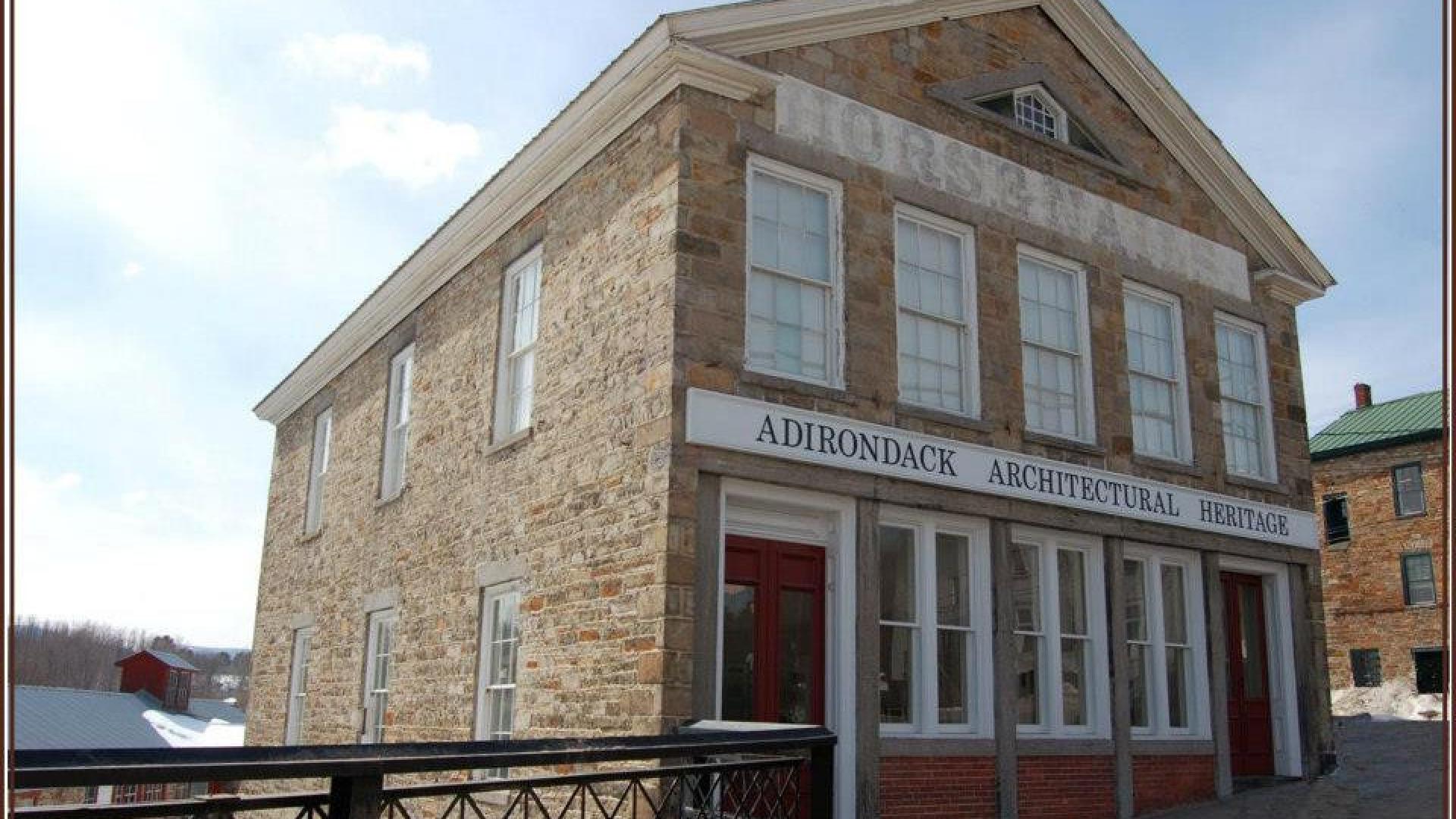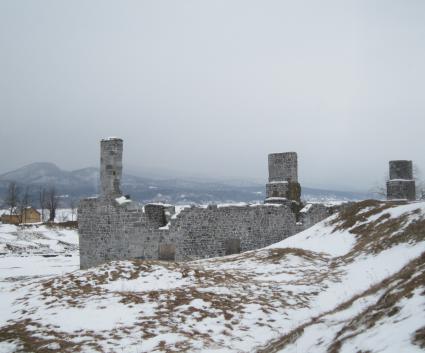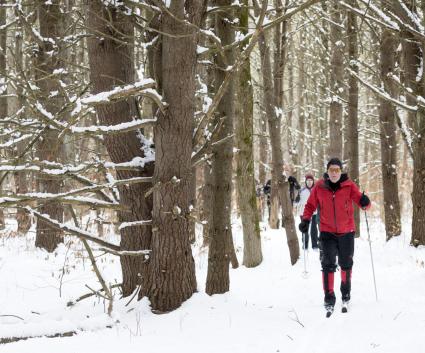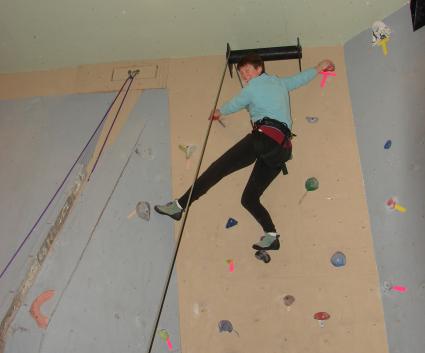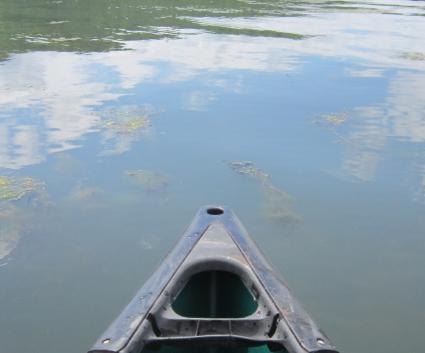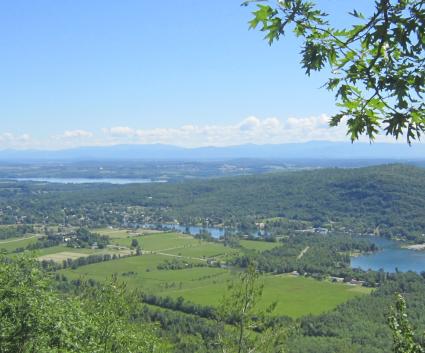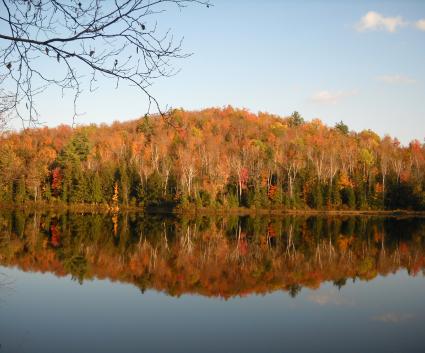It can be fascinating living within the pages of a history textbook. Mention “Ticonderoga” and practically every American nods as they recall their early history lessons in school. Students are appropriately taught that activity along this vast lake was critical to the independence, colonization, and development of the entire U.S. I admit, learning that in a classroom setting did little for my appreciation and understanding of those significant events and times. However, living within this coveted landscape and attending programs, activities, and events offered by renowned organizations, I am able to appreciate our local history. It is a completely different story off the page; a powerful one.
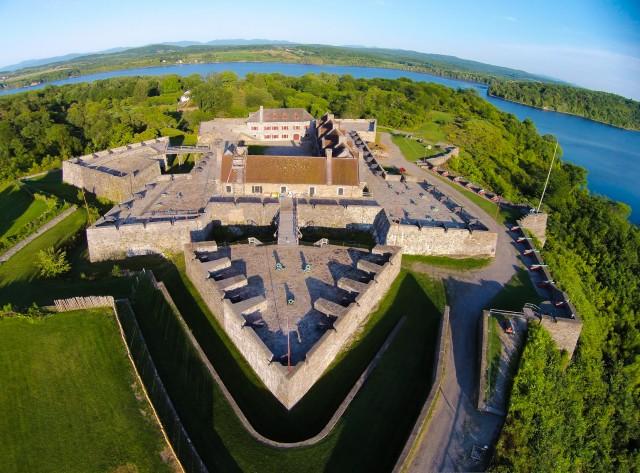
Living History at Fort Ticonderoga
We are very fortunate to have Fort Ticonderoga pull us out of the textbook and reveal America’s heroic story — in living detail — at the very site where it all took place. Through their highly-qualified staff, we have first-hand views of those crucial times at the Fort, as we stand within that imposing stone structure and take in the surrounding environment. Historical experts and interpreters at Fort Ticonderoga carefully research and scrutinize all historical records pertaining to the military occupation and activity there. That way they present to us a totally authentic experience. In addition, that experience is engaging and ever-changing.
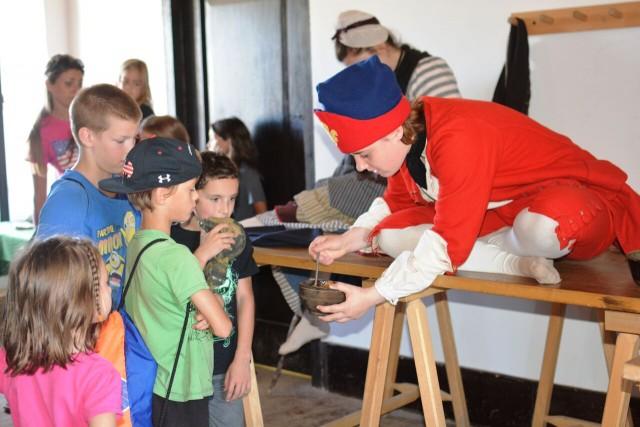
By “ever-changing” I should explain that each year Fort Ticonderoga selects a different year of focus and looks at the events of that year through a different set of eyes; the eyes of someone who was there — often an American or European soldier. So, the Fort Ticonderoga you visit this year will be different from the one you visited last year, and again from next year. It is visually obvious in the colorful uniforms, civilian attire, cooking methods, livestock, and even the garden produce that varies year to year. As you smell the gunpowder and hear uniformed soldiers describe their daily lives, it becomes obvious to other senses as well. This unique changing presentation is a privilege for visitors. It allows them to travel back in time and gain a different perspective each year. Visitors are able to step right into the lives of the men, women, and children living and working there during America’s struggle for independence.
The Major Attraction
The huge impressive stone fortress may be the lure of the visit, but don’t overlook the many other facets of the Fort Ticonderoga experience. There are many more layers of history on the Fort grounds. Fast forward beyond the century of conflict and military occupation into the 19th century and find other man-made structures on the property that continue to recount the history of this important peninsula. Also note the early “American recognition” of the importance of preserving history and historical structures for generations to come.
Early Preservationists
Enter the Pell family. In the early 1800s William Ferris Pell acquired the abandoned stone fort and its surrounding 500+ acres. On the lakeshore, close to the fort, Pell built a summer residence. Some might have discarded those stone fort ruins for the ideal summer residence location and vantage point, but Pell had vision and respect. His lakeshore residence later became a hotel for visitors for about 60 years. Guests at the hotel included those interested in a first-hand view of where the critical struggles for American independence occurred as well as those traveling by steamboat or coach while vacationing along scenic Lake Champlain escaping the smothering summer cities nearby.
Following the United Kingdom’s lead, more Americans, like Pell, began to take interest and put effort into the preservation of America’s historical treasures. In the early 1900s William Ferris Pell’s descendent, Stephen Pell, continued the legacy and recognized the importance of preserving the Fort as a national landmark. He began the restoration of the stone ruins for visits of future generations while his wife, Sarah, undertook the preservation of the summer residence/hotel known as the Pavilion and the King’s Garden. We are certainly indebted to that family.
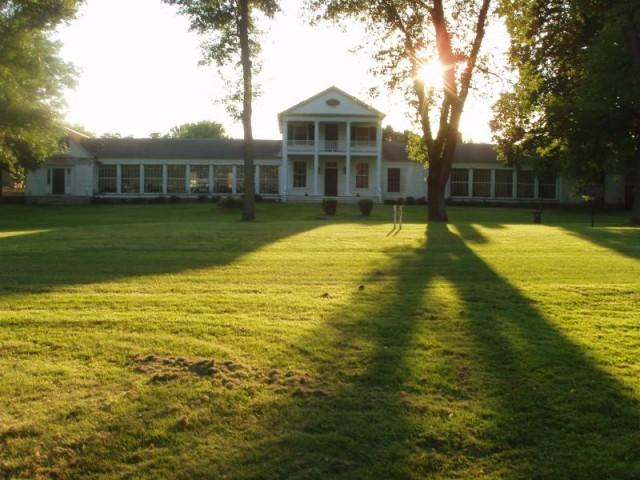
The Pavilion Promenade
While the King’s Garden has been open to visitors for many recent years, the Pavilion has been closed to the general public, with only glimpses of the structure’s exterior available during visits to the adjacent gardens. But this year, on select evening dates, Fort Ticonderoga opens the Pavilion to visitors during a guided “Behind the Scenes Tour” known as The Pavilion Promenade. Tour participants will be able to enter the building and learn of its construction, history, and distinguished guests directly from knowledgeable historical interpreters. Architectural buffs, historians, and heritage sleuths have had extensive research done for them. Tours are limited to 20 participants, therefore, advanced reservations are recommended.
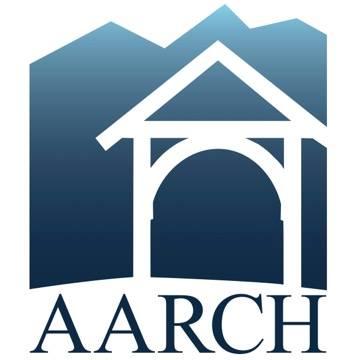
AARCH
To learn more about our heritage through the “built environment” along the Adirondack Coast, one only need look as far as Adirondack Architectural Heritage and be grateful for their expertise and effort as well. This historical preservation organization has made amazing strides to preserve our man-made heritage throughout the entire Adirondack Park. They have won both New York State and nationalawards while promoting the appreciation and understanding of the architecture within our communities. AARCH is celebrating their 26th anniversary this year and personally I wish it were their 100th — we’d have so many more storytelling structures to show off.
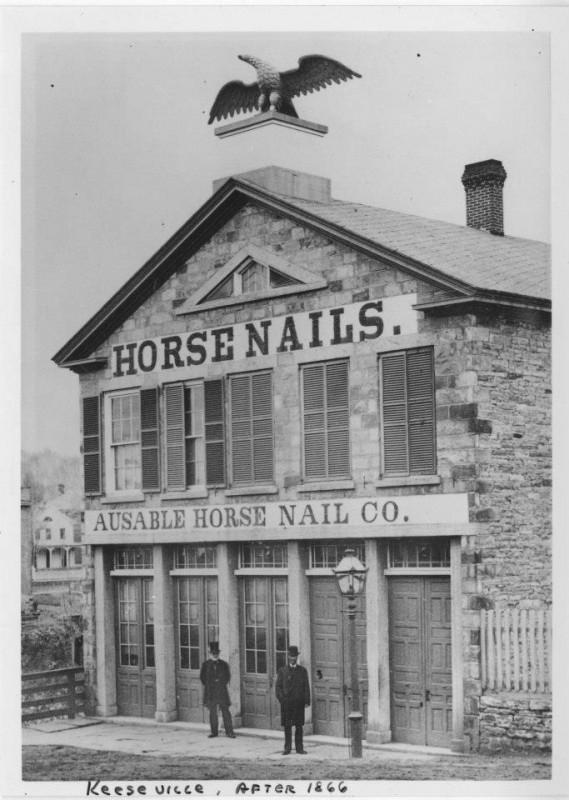
Located in the preserved (with thanks to AARCH) Ausable Horse Nail Factory in Keeseville, this beautifully restored mid-19th century industrial building houses not only the organization’s offices, but also an art gallery, meeting space, and extensive research library. Anyone with an interest in historical architecture needs to make a visit. AARCH offers technical assistance, tours, workshops, and presentations throughout the Adirondacks and occasionally extends these offerings outside the “blue line.”
To give you a glimpse of their 2016 summer offerings along the shores of Lake Champlain here are a few tours worthy of attention:
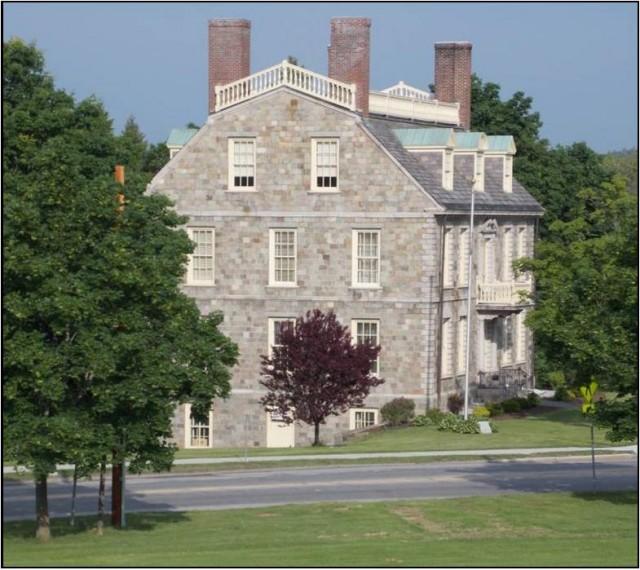
On May 21st join Town Historian William Dolback in Ticonderoga as he reveals beyond-the-fort Ticonderoga history during the tour: Ticonderoga- The Town that Moses Built. Horace A. Moses was an industrialist, philanthropist, and founder of the Strathmore Paper Company. The legacy Moses left, evident in much of the architecture in downtown Ticonderoga, is not to be missed. Hearing the details directly from Dolback, a most knowledgeable Ticonderoga historian, will be a privilege. His presentations are always informative and entertaining. Best of all, this AARCH tour is free, but register early for space may be limited.
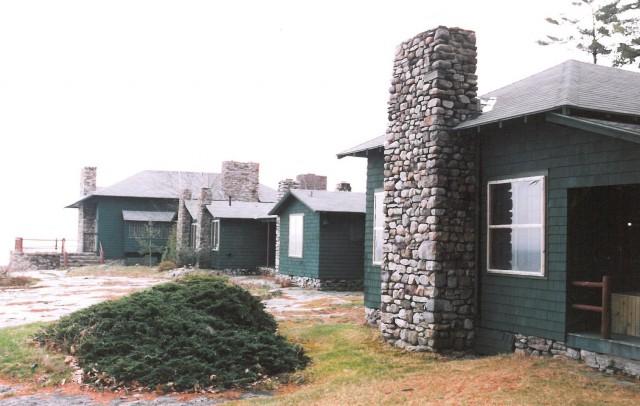
Flat Rock and Environs - a Tour of Willsboro Point and the Paine family estate. This tour takes place on June 14th and provides a first-hand view of some of the most spectacular Adirondack Coast shoreline that you can imagine. The Paine family estate spans over 1000 acres. The National Register-listed Great Camp, Flat Rock, will be a highlight. Its construction began in the late 1800s and continued for 20 years. The entire structure was designed by the original owner, Augustus Paine. The tour will be led by one of his direct descendants and includes visits to other Paine family River Road properties. Be sure to get your reservations in early for this one.
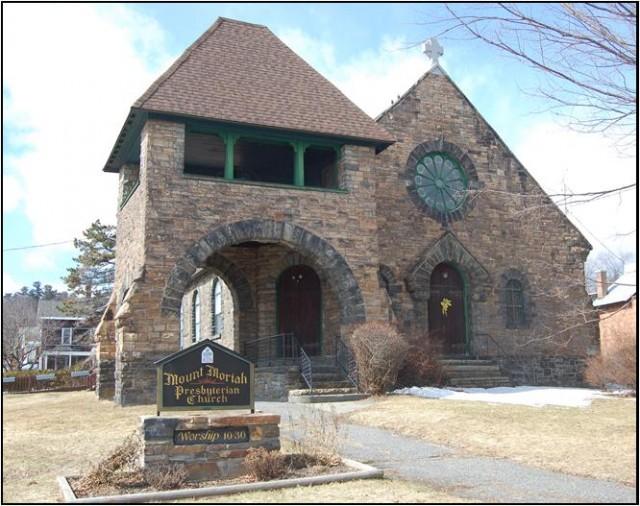
Another AARCH tour, a bit later in the season promises to be very interesting as well as educational — What Style Is It Tour- a Workshop in the Village of Port Henry. This will take place on October 8th and hopefully the region’s fall foliage will be displaying a colorful backdrop for your viewing pleasure. Regardless, the scenic views from the village streets are jaw-dropping. The program begins at the Sherman Free Library, built in the Richardsonian-Romanesque style, which is an architectural delight in itself. Afterward program attendees will walk the nearby village streets to see and identify a wide variety of architectural styles, many dating from the affluent iron mining era of this town in the late 19th and early 20th centuries. This is another free workshop/tour along the shores of Lake Champlain not to be missed.
If the idea of learning and understanding our heritage through the built environment piques your interest, check out the many other AARCH tours offered throughout the Adirondacks and beyond — simply one additional way to expand your Adirondack experience.
